Applications

Metrology and Time Keeping
- Cesium references and hydrogen masers
- Turnkey timescale solutions
- Create UTC-traceable time with your atomic clocks

Radio Astronomy
- Hydrogen masers for Very Long Baseline Interferometry (VLBI) to synchronize globally distributed antennas and provide unprecedented resolution of deep space

GNSS Ground Station
- Hydrogen masers and cesium references to generate stable time bases at the Position, Navigation and Time (PNT) cores that are distributed to users and determine location accuracy

Defense
- Clocks for extended frequency and phase holdover in GNSS-denied environments
- Low Allan deviation rubidium instruments for Satcom applications

Data Centers
- Cesium and rubidium products that minimize clock uncertainties across globally distributed applications to increase transaction speed, efficiency and data integrity

Telecommunications
- Stratum 1 time and frequency references for network cores
- Cesium references that enable continuous operation during GNSS outages
- ITU G.811.1 and 8272.1 compliance
Principle of Operation
Commercially available atomic clocks work on the hyperfine transition electron spin flip principle. Radiating the outer valence electron of an atom or ion with microwave energy at a specific frequency changes the electron spin quantum number. Because the transition only occurs over an extremely narrow bandwidth, the hyperfine transition is used to create extremely precise frequency and time references.
Choosing the Correct Atomic System Clock
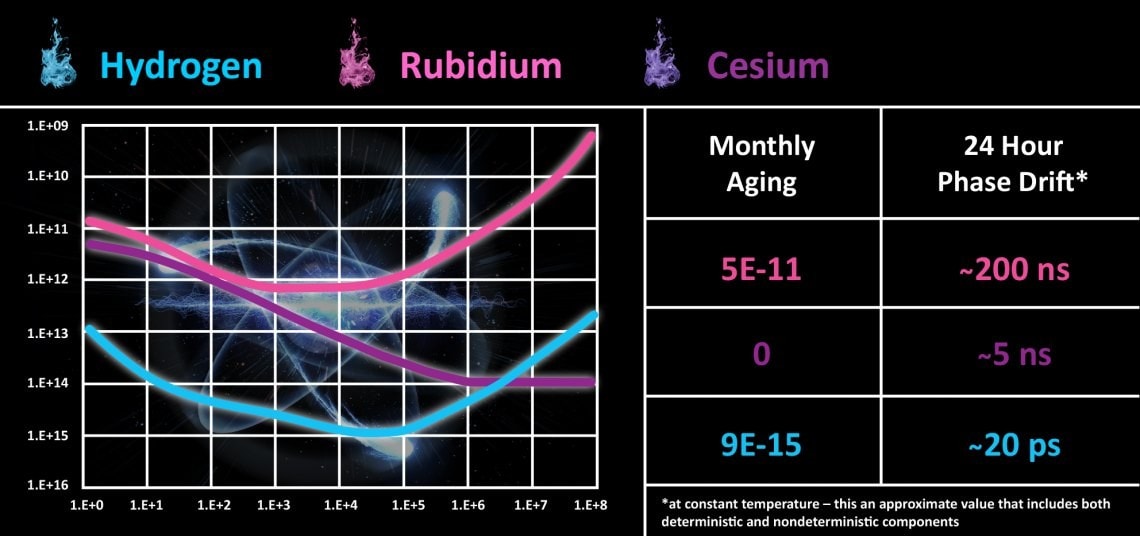
Featured Products
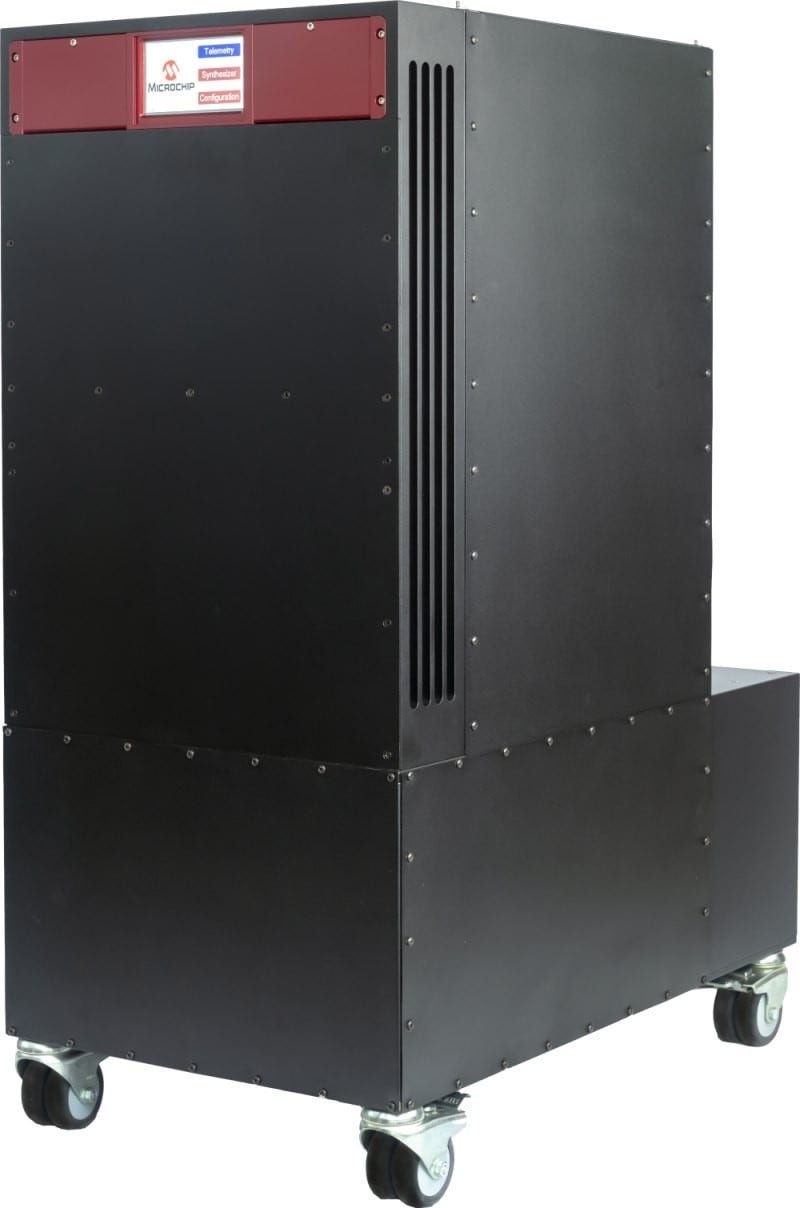
Hydrogen Maser
- Most stable commerically available clock
- < 8.5E-14 ADEV @ 1s tau
- Auto tune and drift compensation software for aging < 3E-16 per day
- > 20 years of operation at nominal hydrogen flux
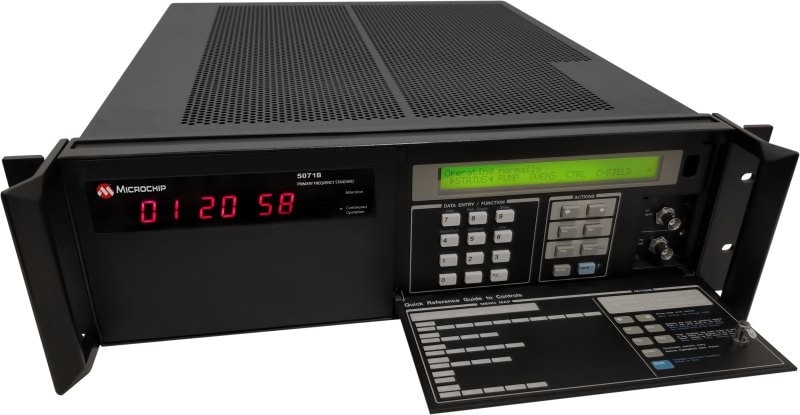
Cesium References
- Primary frequency references requiring no calibration
- < 5E-13 frequency accuracy
- No long-term frequency drift
- Telecom models for ePRTC applications
- External 1 PPS disciplining
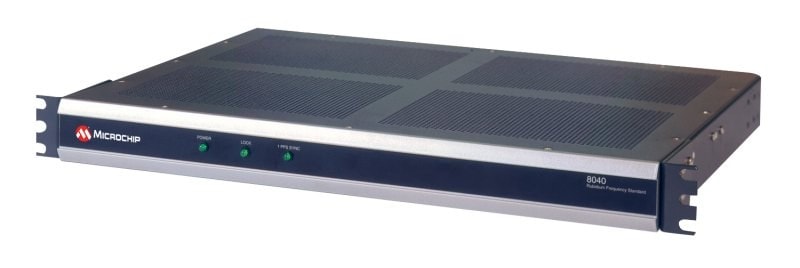
Rubidium Instruments
- 1U rack mount rubidium instrument with up to 12 configurable outputs
- < 5E-11 monthly aging
- Standard and low-noise options
- External 1 PPS disciplining
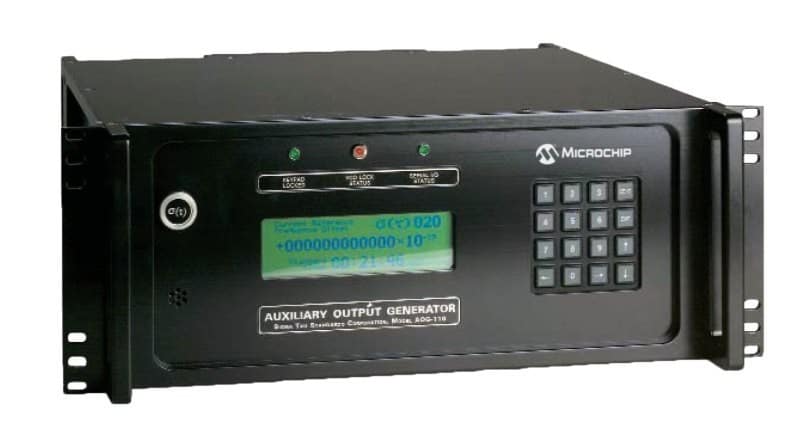
Auxiliary Output Generator
- Generates high-resolution frequency and phase offset for use with hydrogen masers
- Steers output to UTC without detuning the hydrogen maser cavity
- 1E-19 resolution over 5E-8 range
Need Help?

Request a Quote
Contact our Client Success Team to get more information about our clock and timing products or to request a quote.

Find Local Sales and Support
We have an extensive network of highly trained clock and timing experts. Go to our listing to locate a sales and support representative in your country.

Access Our Support Portal
Visit our Frequency and Time Systems support portal to download technical documents and other resources, enter support tickets or open RMA service requests.